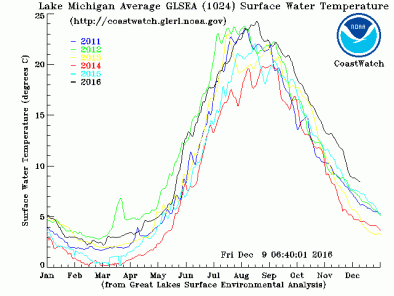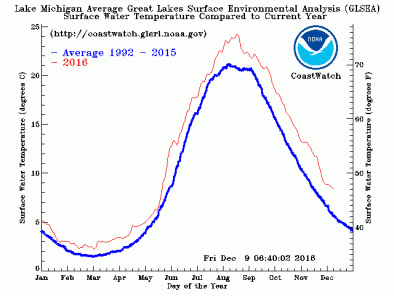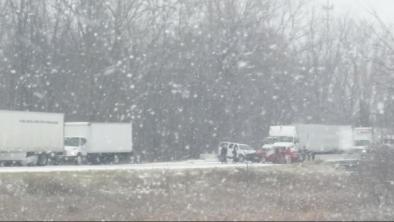Science Source
Trends in twentieth-century U.S. extreme snowfall seasons
- Examines temporal variability in the occurrence of the most extreme snowfall years, both those with abundant snowfall amounts and those lacking snowfall using a set of 440 quality-controlled, homogenous U.S. snowfall records
- Calculates the frequencies with which winter-centered annual snowfall totals exceeded the 90th and 10th percentile thresholds at individual stations
- Finds the area-weighted conterminous U.S. results do not show a statistically significant trend in the occurrence of either high or low snowfall years for the 107-yr period, but there are regional trends
- Finds large decreases in the frequency of low-extreme snowfall years in the west north-central and east north-central United States are balanced by large increases in the frequency of low-extreme snowfall years in the Northeast, Southeast, and Northwest
- Finds during the latter portion of the period, from 1950–51 to 2006–07, trends are much more consistent, with the United States as a whole and the central and northwest U.S. regions in particular showing significant declines in high-extreme snowfall years, and four regions showing significant increases in the frequency of low-extreme snowfall years (i.e., Northeast, Southeast, south, and Northwest)
- Finds in almost all regions of the United States, temperature during November–March is more highly correlated than precipitation to the occurrence of extreme snowfall years
- Finds El Niño events are strongly associated with an increase in low-extreme snowfall years over the United States as a whole, and in the northwest, northeast, and central regions
- Finds the impacts of La Niña events are strongest in the south and Southeast, favoring fewer high-extreme snowfall years, and, in the case of the south, more low-extreme snowfall years occur
- Finds the Northwest also has a significant reduction in the chance of a low-extreme snowfall year during La Niña
- Finds a combination of trends in temperature in the United States and changes in the frequency of ENSO modes influences the frequency of extreme snowfall years in the United States
Related Content
Headline

Dec 9, 2016 | AccuWeather
Deadly pileup crash occurs amid heavy lake-effect snow in central Michigan
Real Time Data

Dec 9, 2016 | Great Lakes Surface Environmental Analysis (GLSEA) | NOAA
Great Lakes Average Surface Water Temperature
Real Time Data

Dec 9, 2016 | Great Lakes Surface Environmental Analysis (GLSEA) | NOAA
Lake Michigan Average and Current Surface Water Temperature
Headline

Dec 9, 2016 | The Weather Channel
40-Car Michigan Pileup on Icy Roads Kills At Least 3


